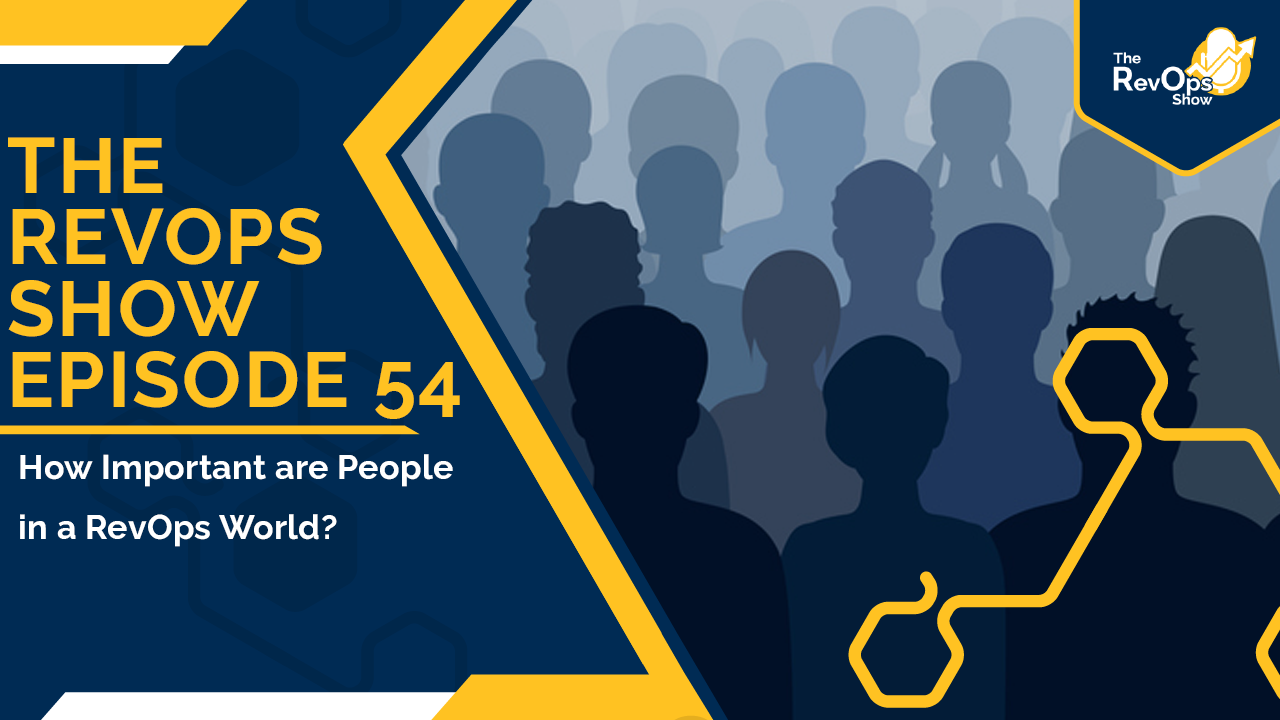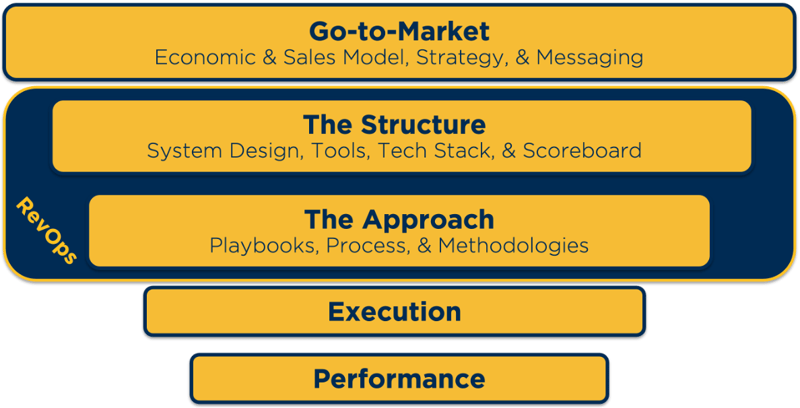It’s been a little too quiet over here for our liking. We’ve had a pretty interesting few weeks at Lift and haven’t been able to record, but Doug and Jess are back and stronger than ever! Even with the dongle problem that Jess ran into right before this recording, nothing can stop us from getting you another episode.
While we wait for Jess to construct a pause button, we’ll contemplate how Snoop became mainstream. And finally our topic of the day – the role of people in a RevOps world. A topic from the one and only, Doug Davidoff.
Audio:
Video:

Additional Resources:
[RevOps Show] Episode 49: Beware the Hidden Dangers of Automation
[Comprehensive Guide] The Revenue Acceleration Manifesto
Show Notes:
This topic came up while Doug was speaking to a CEO group about the Revenue Acceleration Framework.

This framework gets into how we define strategic RevOps and the RevOps mindset. If you’ve listened to more than three episodes you’ll know Doug is a big fan of structure and process. Though most structure we see implemented is bad process.
Structure drives approach; approach drives execution. The two segments together is what RevOps is all about. It’s the bridge from strategy to execution and back.
When you introduce tech it can feel:
- Big
- Hard
- Complicated
In reality you aren’t creating anything new. You’re replacing what exists. You aren’t creating a structure; you have one. You aren’t creating playbooks; you have playbooks. It’s a question of are they purposeful?
One CEO asked Doug, what if you hire A players? (The kind of people that can succeed even when there isn’t defined process.) Do you still need to build the same level of structure and process? What’s the role of people?
What is the role of people?
People are people. People matter.
And that’s the end of the episode. All jokes aside, let’s unpack this further.
Is a group of all A Players what you would want?
Doug thinks you can’t even ask the question, “Do we want it?” Because the whole thing about A players is a myth.
Let’s say it’s not a myth. The definition of an A player is the top 10% of people capable of doing the job. An A player is relative. You can’t scale a team based on the idea that you’re only getting the top 10% of people capable of doing the job. If this were to work, it would work everywhere. Sports, theater, ect., but it doesn’t.
Is Doug an A player?
Jess would say he is. Doug isn’t an A player. He is in certain situations, but in others he isn’t. He’s an A player in a certain environment.
Simon Sinek has a piece on this concept about a guy that he met when he stayed at Four Seasons who was serving coffee. This guy also worked at a casino and mentioned how he was completely different in the two different places. He’s an A player in a certain environment.
There are other people that can succeed where there is no process. How? They have either already created or they create their own system and process. This can work when you’re really small, but you aren’t going to scale with it. If you bring in a bunch of top performers who have the ability to figure out themselves, that’ll drive chaos and anarchy. Because they’re all creating their own processes.
To be able to get the best people, why would you not put the best people in a position where they can best utilize their talents?
If you want to get the best and you don’t have a system and structure…
- They’re not going to perform the best
- They’re probably not going to come.
Do people matter?
Yes, people matter. People matter more as they do less around the system and structure. The less you need your sales reps to write emails, the more who your sales rep is matters.
Doug changes part of his MO during this conversation. He came into this conversation saying, if you’re going to invest in the best people, why would you not give them the situation to be successful? What he’s actually saying is when you have good systems and structure, people matter more. He has proof. If you look at any high performance, pure performance disciplines like sports, you get to the point where you’re an assist; you’re in an incremental systems battle. If you’re not the best of the best, you disappear. The better the underlying system, the more people matter. Compared to high school sports, you could put anyone in and it wouldn’t matter. Doug isn’t saying that they don’t matter as people, but those systems and structures aren’t as high stakes.
Do people matter? Yes, they matter, but they don’t matter at the expense of your systems, your processes and your structures. The opposite is also true. They are both important and building a lot. That’s what aligning your vectors is all about.
Jess ends up giving Doug the words to address something that has been bothering him for about five years – if you want more details, you’ll have to listen to this part! (Around 37:10)
When you understand that our job is to build the genius into the system, the job of an organization and the job of a system is not how do you hire an A player and have them perform like an A player. The advantage is how do you take someone that would otherwise be a B player and get them to be an A player.
Jess’s Takeaways:
-
Yin & Yang: to get the best people, you have to have a good system in place. To get the most out of those people, you have to have a good system in place.
-
People get too much credit when things go well and far too much blame when they don’t.
Next Steps:
-
Follow Jess, Doug & Imagine on socials for updates on the show or other insights:
-
Doug Davidoff: Twitter - @dougdavidoff | LinkedIn
-
Jess Cardenas: Twitter - @JessDCardenas | LinkedIn
-
Imagine Business Development: Twitter - @DemandCreator | LinkedIn
-
-
Subscribe to the show on Spotify & Apple Podcasts
-
Check out Let's Play RevOps on Twitch for more commentary on this topic
-
Listen to Episode 55: Bringing a Value Mindset to RevOps: A Rant
